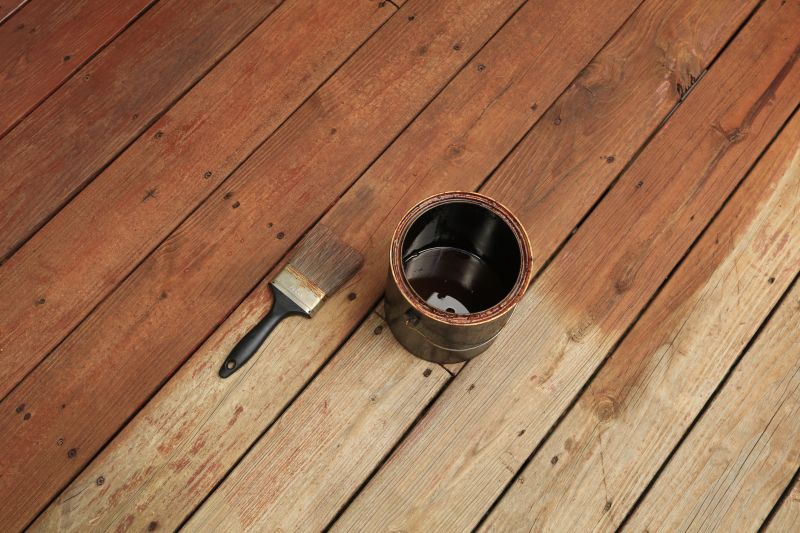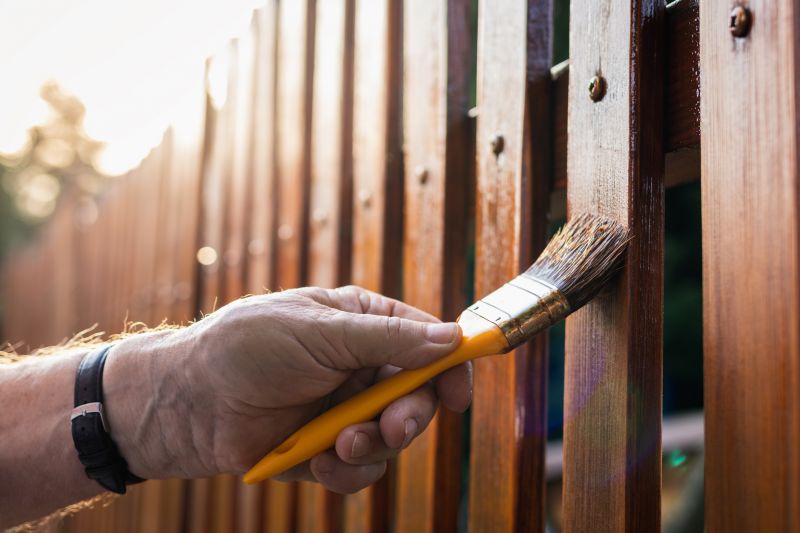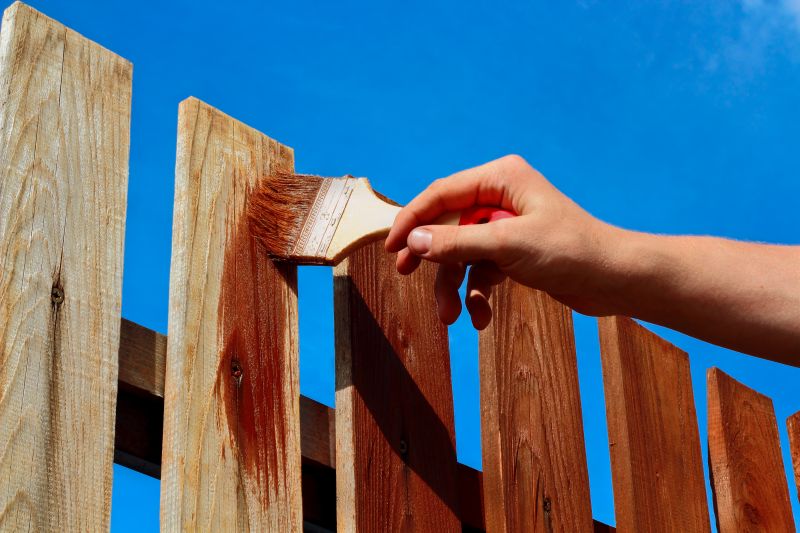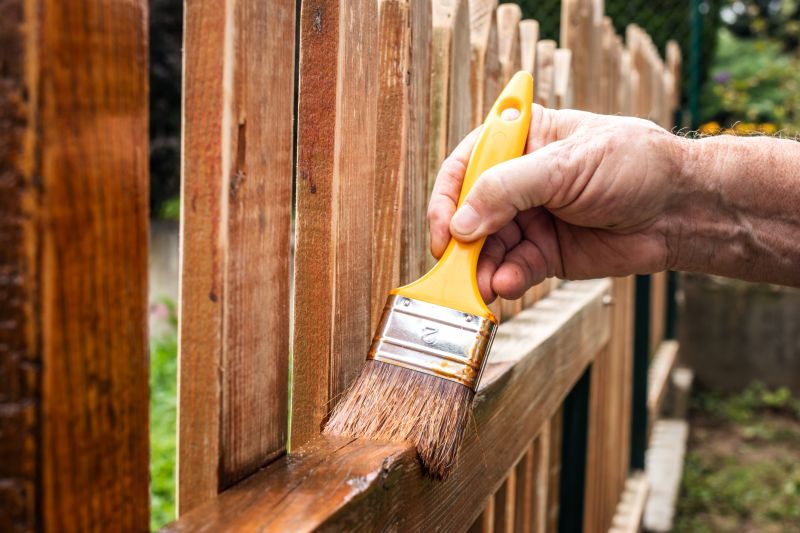Optimal Seasons for Fence Painting and Staining
Fence painting or staining is most effective during specific seasons to ensure durability and optimal appearance. Temperature, humidity, and weather conditions significantly influence the longevity of the finish. Proper timing can extend the life of the paint or stain and reduce the need for frequent touch-ups.
Spring and early fall are generally considered the best times due to moderate temperatures and lower humidity.
Painting or staining should be avoided during rainy, extremely hot, or humid periods to prevent issues like peeling or uneven coverage.
Proper surface preparation and weather forecasts are essential for successful application and long-lasting results.
Regular inspection and maintenance can help determine the best timing for repainting or staining, typically every 2-3 years.

Ways to make Fence Painting Or Stainings work in tight or awkward layouts.

Popular materials for Fence Painting Or Stainings and why they hold up over time.

Simple add-ons that improve Fence Painting Or Stainings without blowing the budget.

High-end options that actually feel worth it for Fence Painting Or Stainings.

Finishes and colors that play nicely with Fence Painting Or Stainings.

Little measurements that prevent headaches on Fence Painting Or Stainings day.

A 60-second routine that keeps Fence Painting Or Stainings looking new.

A frequent mistake in Fence Painting Or Stainings and how to dodge it.

Small tweaks to make Fence Painting Or Stainings safer and easier to use.
| Season | Ideal Conditions |
|---|---|
| Spring | Moderate temperatures, low humidity |
| Early Fall | Cool, dry weather |
| Summer | Hot and dry, but avoid peak heat |
| Winter | Not recommended due to cold and moisture |
| Late Fall | Unfavorable due to increased moisture |
